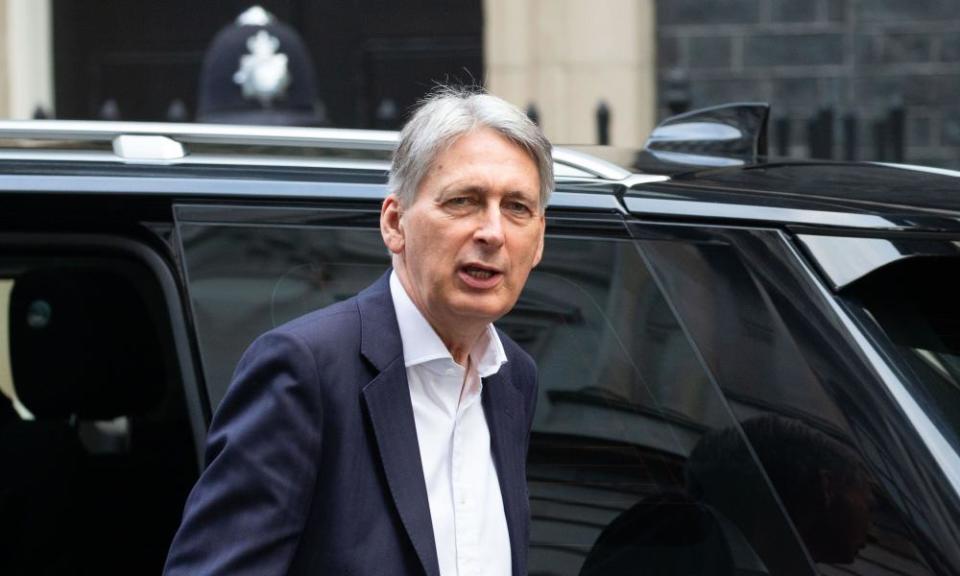UK government borrowing target back on track

Philip Hammond’s plan to bring down the government’s annual borrowing was back on track last month after a blowout in August that knocked the chancellor off course.
Public sector net borrowing in September, excluding the nationalised banks, was £4.1bn – £800m less than in the same month last year. The drop had the effect of cutting the level of borrowing since April to £19.9bn, which is £10.7bn less than in the first six months of the 2017 financial year.
Hammond aims to reduce annual public borrowing to zero by the mid 2020s, but faces a stern test in the budget, when he must explain how he intends to meet this target while meeting fresh spending commitments on the NHS, lifting the cap on local authority borrowing and freezing fuel duty.
Pressure from Tory MPs to ease austerity is also expected to force the chancellor to include a raft of proposals to boost Whitehall budgets, eating further into a war chest that exceeds £17bn.
According to the Office for National Statistics, September’s figures showed that a small drop in corporation tax receipts and a decline in stamp duty on the sale of homes was offset by a rise in income tax payments and VAT receipts, driven by the World Cup and summer high street spending.
Heavy restrictions on Whitehall spending, on both day-to-day running costs and investment, and a drop in interest payments on government debt, also played a part in helping Hammond reverse August’s shock rise in borrowing, when it grew by £2.4bn to £6.8bn compared with the same month a year ago.
The deficit in September was the smallest since 2007, and leaves borrowing in the year to date down by 35% on last year, said Andrew Wishart, a UK economist at Capital Economics.
The Office for Budget Responsibility (OBR), the Treasury’s independent forecaster, has predicted a full-year borrowing requirement down by just 7% compared with last year. It now looks likely the chancellor will better that by a considerable margin, giving him a large war chest to spend in the budget at the end of this month.
Wishart said he expected that given the better-than-expected data in the first five months of the fiscal year, the OBR will likely revise down its borrowing this year from £37bn to £33bn in its budget forecast.
“However, if the fall in borrowing in the latest data for September, which comes too late to be incorporated into the OBR’s budget projections, were sustained, borrowing would come in well below £30bn this year,” he said.
The UK’s total government borrowing stood at £1.8tn at the end of September, which equates to 84.3% of GDP.
A spokeswoman for the Treasury said: “This is the lowest half-year borrowing for 16 years – showing the strong progress we have made in fixing our public finances. But, at over 85% of GDP last year, our debt remains too high.”
“Our balanced approach is getting debt falling while supporting our vital public services, keeping taxes low and investing in Britain’s future,” she added.
Wishart said: “Looking further ahead, the OBR’s pessimistic GDP growth projections, combined with pre-announced commitments to increase NHS funding and freeze fuel duty, suggest that the government will not be on track to deliver its aim of eliminating the deficit entirely by the mid-2020s.”

 Yahoo Finance
Yahoo Finance 